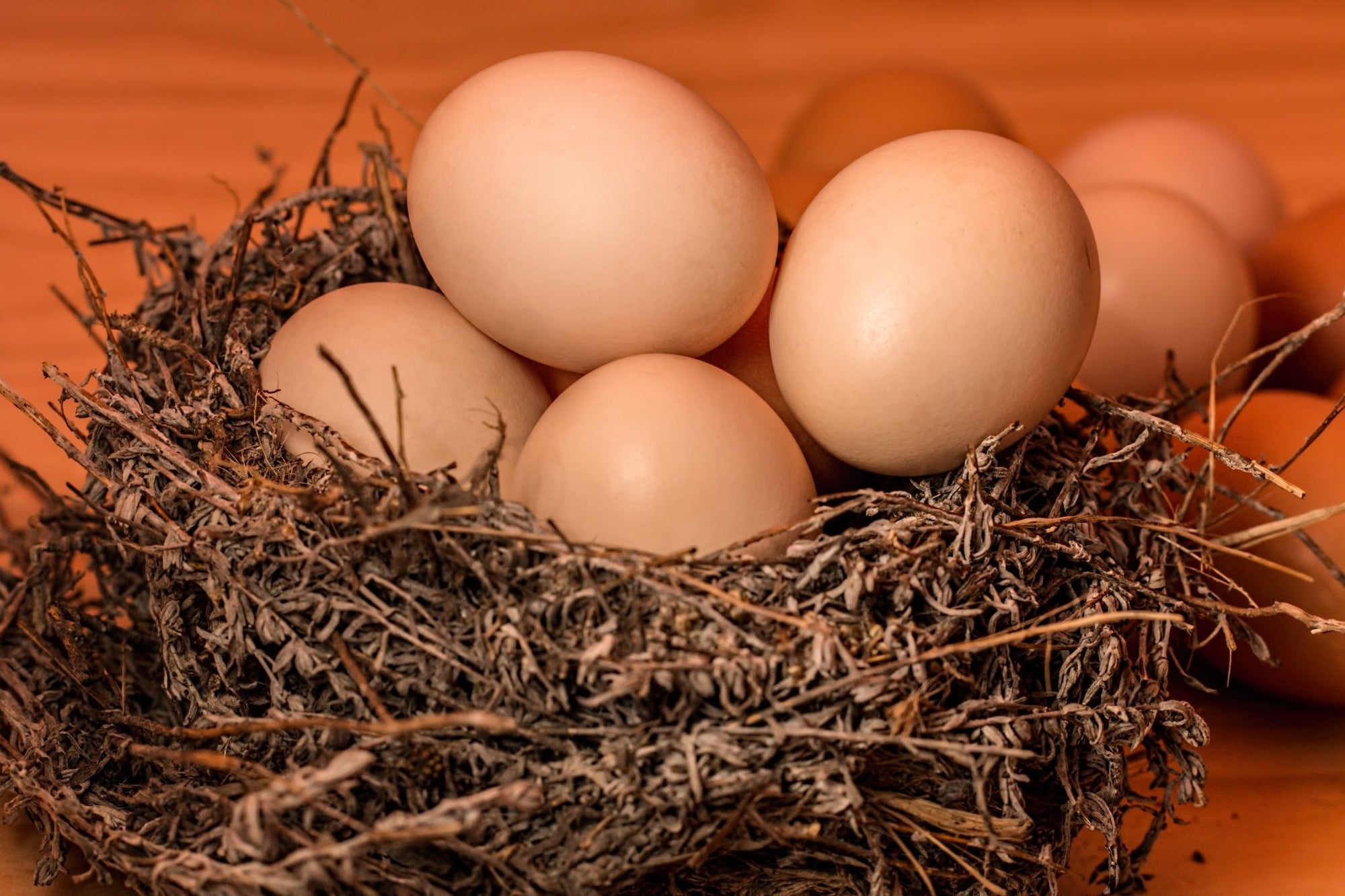

· By Shelia Morgan
10 Factors That Can Decrease Egg Laying
Morning egg collection has long been a beloved chore. When chickens are healthy you can practically set your watch by their daily egg production. However, with even slight variations to their diet, habitat or emotional well-being, egg count can suffer dramatically.
Below are ten factors that can decrease egg laying and could signify cause for concern.
1. Old Age
As a hen ages, her body may struggle to produce proper calcium levels and therefore less eggs. After about two years, you may notice a natural and irreversible decline. In addition to laying comparatively smaller-sized eggs, shells may also be weaker, breaking easily with even gentle pressure.
2. Disease and parasites
Not surprisingly, when hens are busy fighting off illness or infestation, their systems have less reserves for egg laying. Sometimes this can come in the form of a communicable disease passed by a new addition to the flock. It’s one reason why initial stretches in quarantine are so important. Other times treating for worms or lice can get production back on the up and up.
3. Improper nutrition
Good egg production fully depends on chickens eating large amounts of high quality feed. In fact, several pounds of it are required to produce a dozen eggs. Make sure to limit the amount of snacks, scraps and scratch available for hens. Otherwise hens could be less inclined to eat feed and lack the calcium, protein, vitamin d3 and amino acids needed to lay.
4. Dehydration
Access to fresh clean water is important year-round. However, during weather extremes, it’s a matter of life and death. Make sure the water is at a palatable temperature (not frozen or tepid), is located close to their nest and isn’t blocked by other thirsty chicks.
5. Weather
Hot weather is known to disrupt egg laying. While you may not be able to control the temperature outside, make sure the coop stays between 57 and 79°F. If possible, keep the humidity at 40-60%.
6. Stress
Be it a lurking predator, loss of a flock member or barking dog, external stressors can create marked behavioral changes in your brood. They also really dislike change so try not to disrupt their laying houses and keep their feed type as consistent as possible.
7. Molting
This natural process involves the shedding a regrowth of feathers. In the growth stage extra protein is needed to make sure birds can molt and lay at the same time.
8. Lighting
Increased light may be needed during winter months when days are shorter and the sun is less intense. It takes a daily dose of 14 to 16 hours to trigger the pituitary gland into signaling egg production.
9. Brooding
Broody hens beget broody hens. Meaning when other members of the flock see one mama hen sitting in attempt to hatch her eggs, others will follow suit.
10. Reproductive troubles
If you see belly bloat or swollen abdomens, bring your hen to the vet. They’ll need to check for possible malfunctions that can lead to waxy lash eggs or oviduct disease.
Good egg laying isn’t an exact science but it does require a delicate balance of primary physical needs for proper shelter and high quality chicken feed and emotional safety. Get these pieces in order and your egg basket will runneth over.
